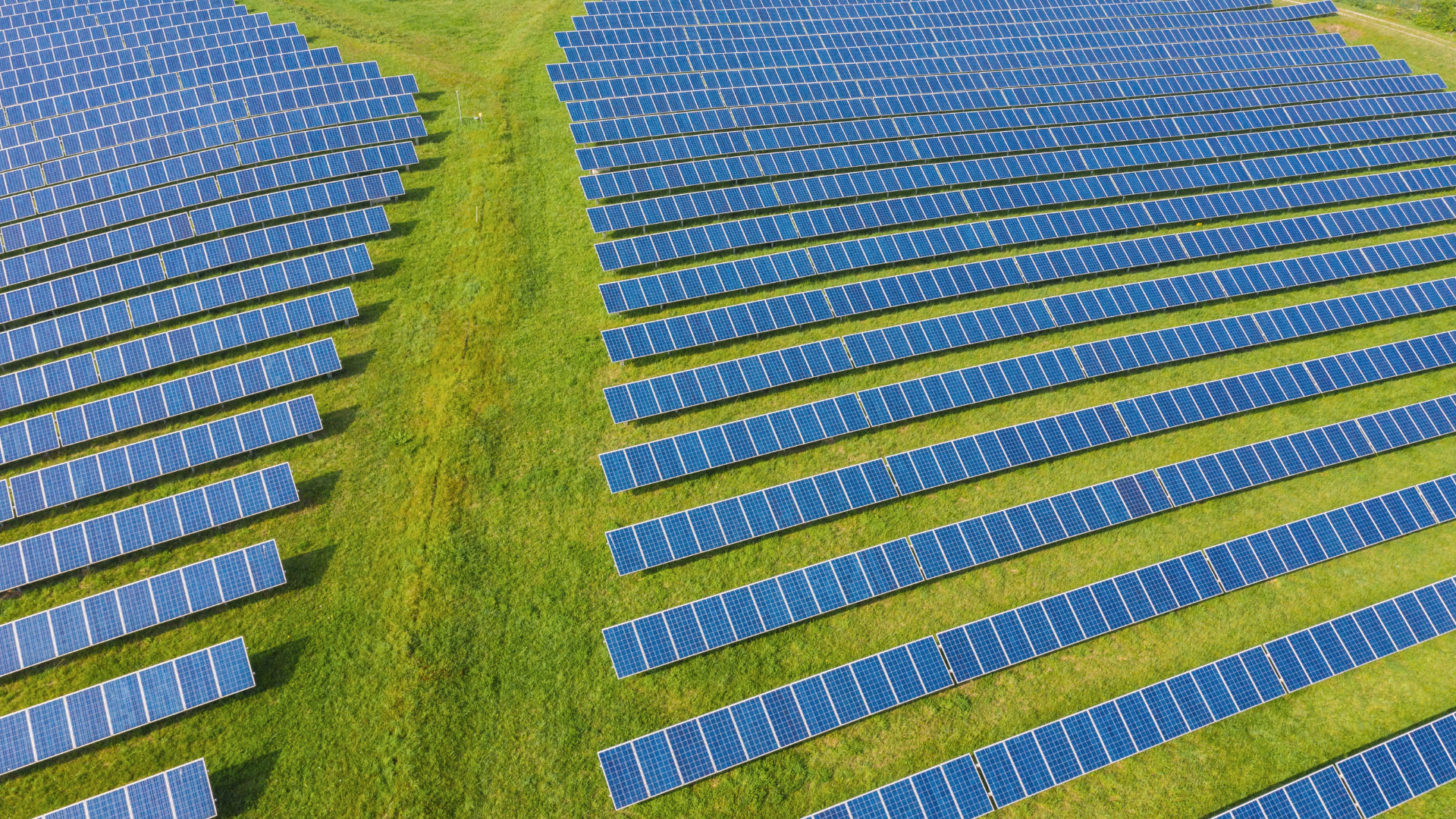Solar energy has gained immense popularity in recent years due to its numerous environmental and financial benefits. As the world transitions towards renewable energy sources, community solar projects have emerged as a viable option for individuals and communities to access clean energy. However, one common concern arises: Can renters or people who live in apartments participate in community solar? In this article, we will explore the possibilities and challenges that renters and apartment dwellers face when it comes to community solar participation.
Community solar, also known as shared solar or solar gardens, involves a group of individuals pooling their resources to collectively develop and benefit from a solar energy system. The solar energy generated by the system is typically fed into the local power grid, and participants receive credits on their utility bills for their share of the electricity produced. This arrangement allows individuals who cannot install solar panels on their own properties, such as renters and apartment dwellers, to enjoy the advantages of solar power.
Renters, in particular, often face limitations when it comes to making renewable energy choices. Since they do not own the property they reside in, they are unable to install solar panels or make significant modifications to the building. However, community solar offers a promising solution by enabling renters to participate in renewable energy initiatives without the need for property ownership.
In most cases, community solar programs are designed to be inclusive and accommodate the needs of various types of participants, including renters and apartment residents. Here are a few ways in which renters can get involved in community solar projects:
- Subscribing to a Community Solar Program: Renters can become subscribers to a community solar project within their utility service area. By signing up for a share of the solar system’s output, they can offset a portion of their electricity usage with clean energy. This approach allows renters to support renewable energy and potentially reduce their energy bills without the need for rooftop solar installations.
- Participation through Virtual Net Metering: Virtual net metering (VNM) is a policy mechanism that allows participants to receive credits on their utility bills for electricity generated by a remote solar system. It enables renters and apartment dwellers to benefit from solar energy production even if they cannot physically connect their property to the solar installation. Through VNM, the electricity generated by the community solar project is distributed proportionally among the subscribers, including renters, who receive credits based on their share.
- Working with Local Utilities: Some utility companies offer specific programs or incentives for renters and apartment residents to participate in community solar projects. These programs often involve partnerships between utilities, solar developers, ad community organizations to facilitate access to renewable energy for underserved populations. By engaging with local utilities, renters can explore tailored options and find opportunities to participate in community solar initiatives.
While community solar presents exciting opportunities for renters and apartment residents, a few challenges may still exist. Here are some potential obstacles and ways to address them:
- Limited Availability: Community solar programs might not be universally accessible or readily available in all areas. The development of community solar projects depends on various factors, including state and local policies, utility regulations, and market dynamics. Renters and apartment dwellers should check with their local utility or community organizations to determine if community solar options exist in their region.
- Allocation and Subscription Limits: In some cases, community solar programs may have a cap on the number of subscribers or the allocation of solar energy available. This limitation could make it more difficult for renters to secure a spot in the program. However, it’s important to stay informed and keep an eye out for new programs, expansions, or waitlists that may become available in the future.
- Long-Term Commitments: Renters, by nature, have more transient lifestyles compared to homeowners. Community solar programs often require participants to commit to long-term contracts to ensure the financial viability of the project. This can be a challenge for renters who may not stay in the same location for an extended period. However, some community solar programs offer flexible options, such as shorter contract terms or the ability to transfer subscriptions to another location within the same utility service area. Renters should inquire about these options to find a program that aligns with their specific circumstances.
- Landlord Cooperation: In some cases, renters may need the cooperation and approval of their landlords to participate in community solar. Landlords may need to grant permission for the installation of utility meters or the allocation of solar credits. Building a positive relationship with the landlord and educating them about the benefits of community solar can help foster cooperation and increase the likelihood of participation.
In conclusion, renters and people living in apartments can indeed participate in community solar projects and benefit from clean energy generation. Through subscription-based models, virtual net metering, and collaboration with local utilities, renters have opportunities to support renewable energy and potentially reduce their carbon footprint. Which challenges like limited availability, subscription limits, long-term commitments, and landlord cooperation may exist, proactive research, engagement with local stakeholders, and staying informed about new programs can help renters navigate and access community solar opportunities. As the renewable energy landscape continues to evolve, it is essential to foster inclusivity and ensure that all individuals, regardless of their housing situation, can participate in and contribute to the clean energy transition.






